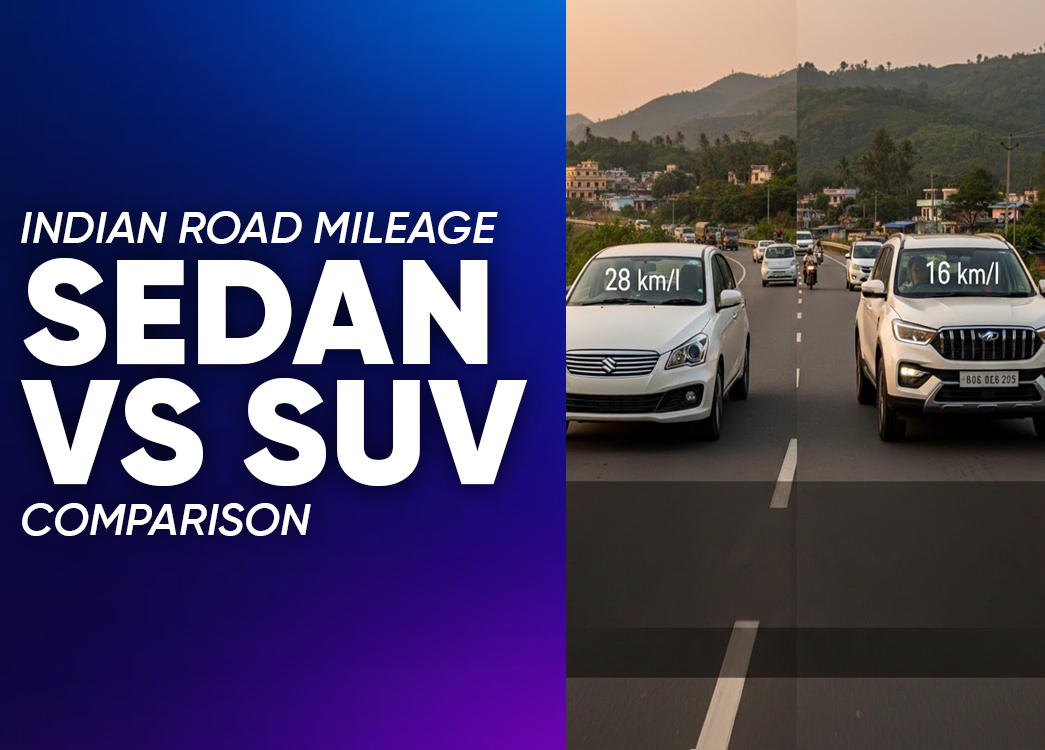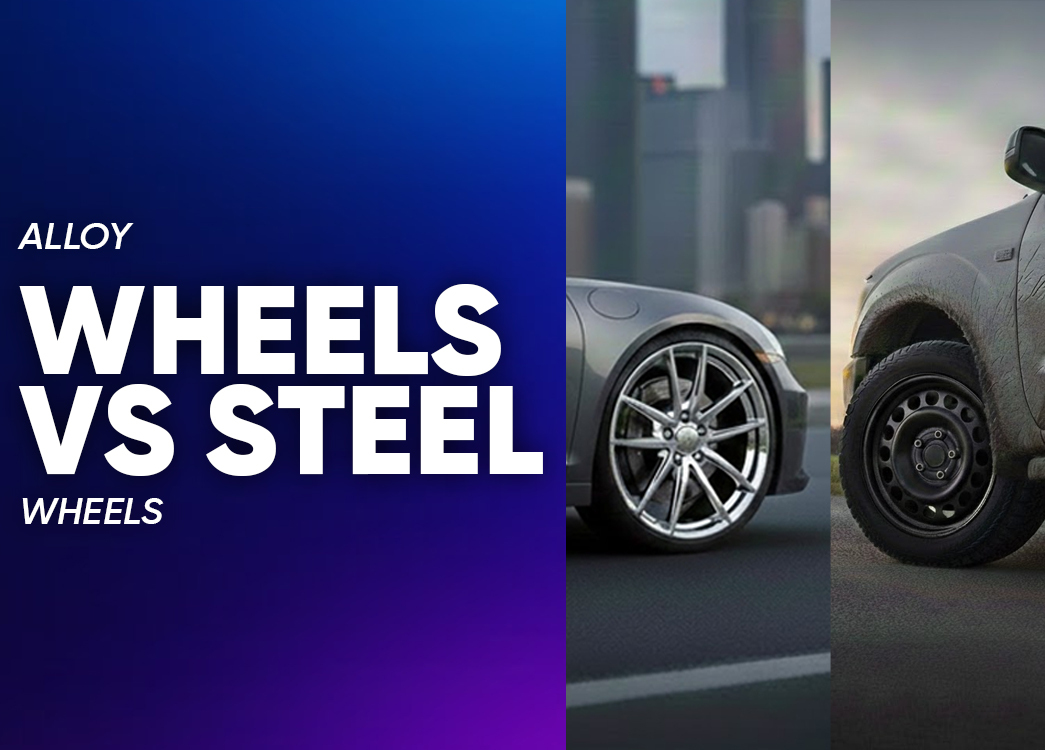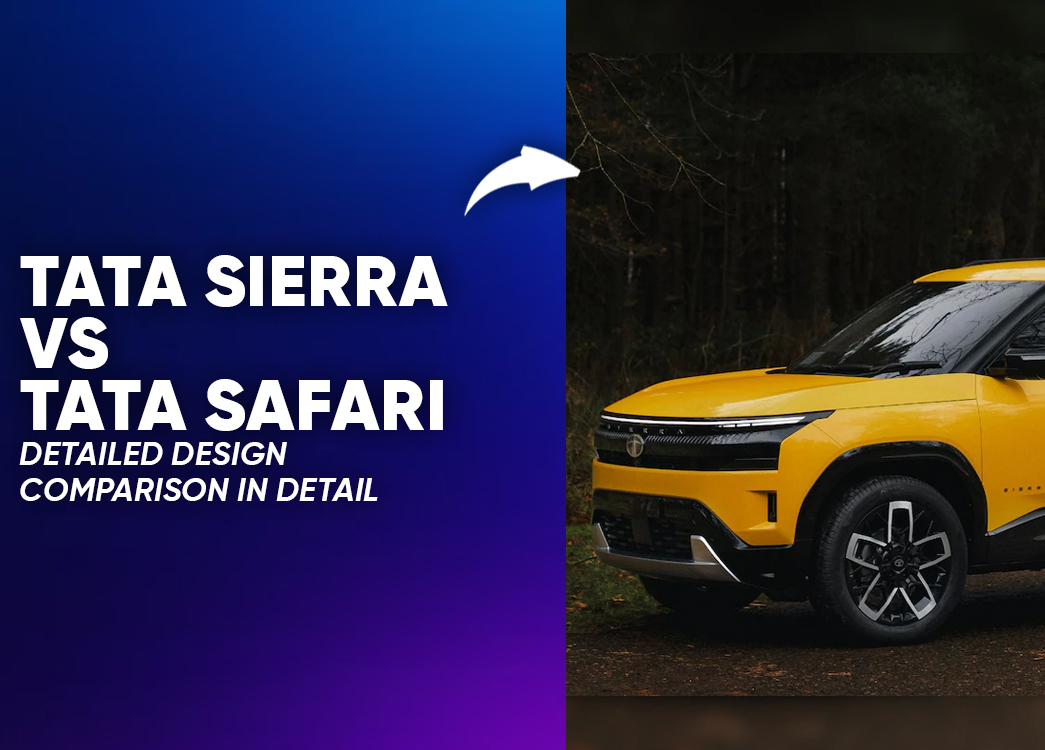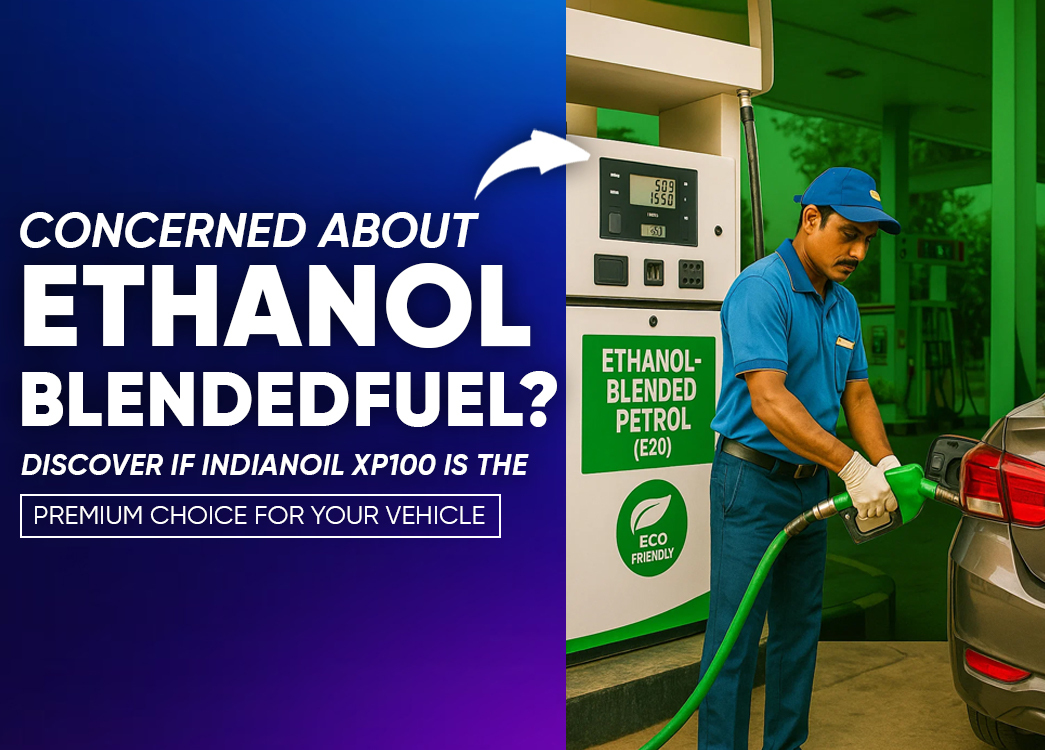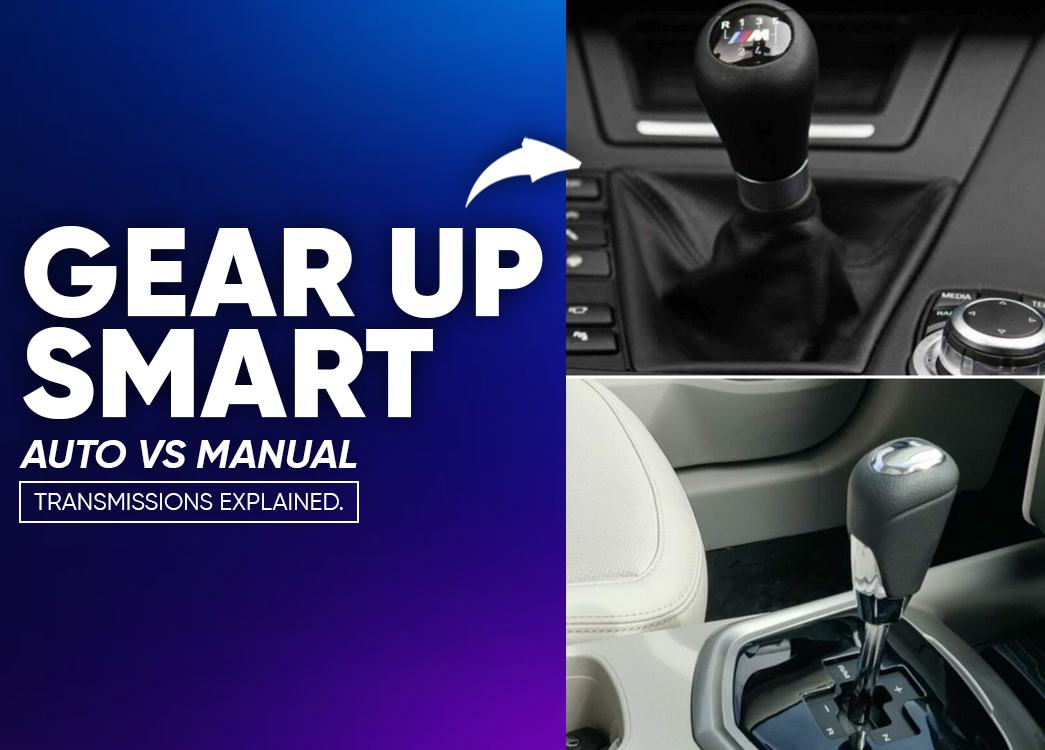
By creckk On 23-08-2025 at 11:42 am
Automatic vs Manual Cars: A Simple Guide to Choosing the Right Transmission
Automatic vs Manual Cars: Which One Should You Buy?
Buying a new car in India now means choosing between a manual and an automatic transmission. Each has its strengths, costs, and driving experiences. Understanding the difference will help you make the right choice for your lifestyle.
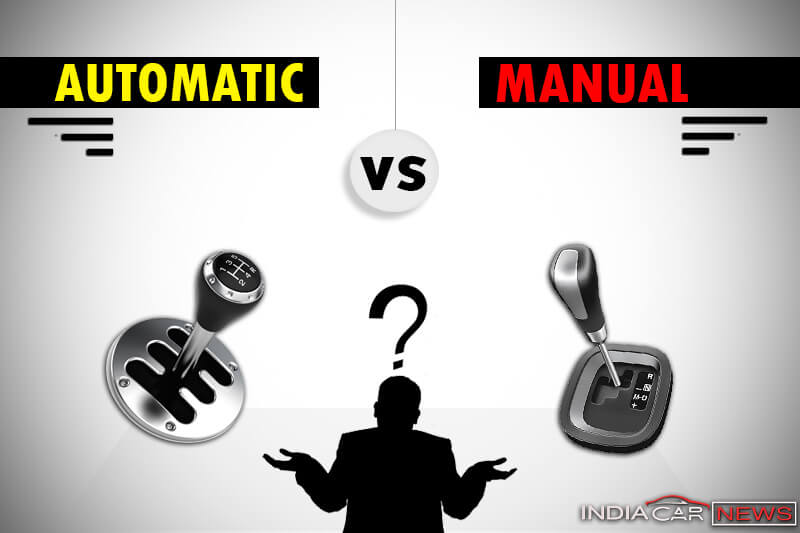
What is a Manual Transmission?
A manual transmission uses a clutch and gear stick operated by the driver. The clutch connects or disconnects the engine from the wheels, allowing gears to be shifted. It gives full control over power delivery but requires more skill and effort to drive.
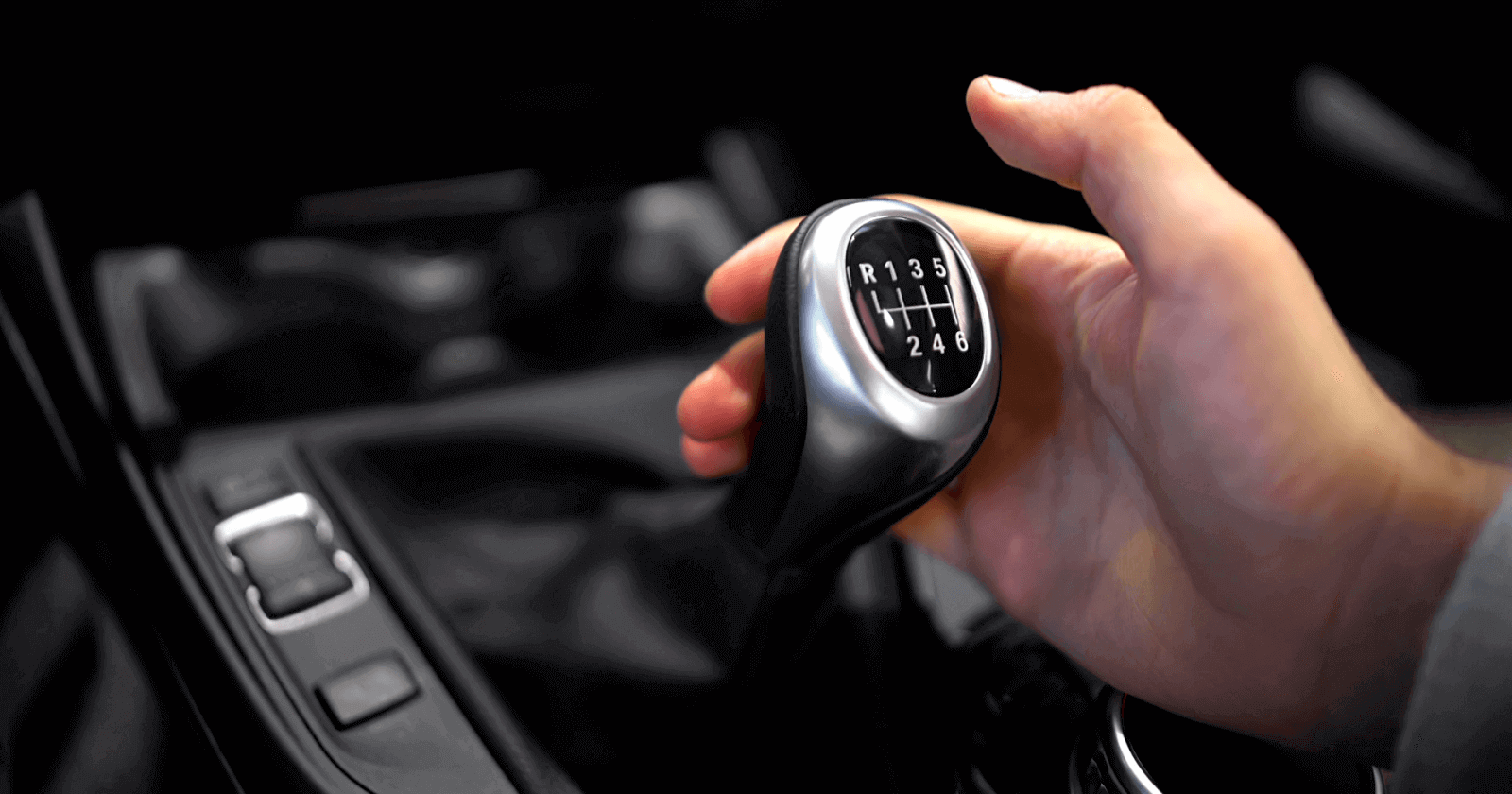
Main Parts of a Manual Transmission
- Clutch Pedal: Press to disengage the clutch and change gears.
- Clutch Disc (Clutch Plate): Transfers engine power to the transmission.
- Pressure Plate: Holds the clutch disc against the flywheel when engaged.
- Release Bearing: Separates the clutch disc from the flywheel when pressed.
Driving Experience with a Manual Car
In a manual car, your left leg works the clutch and your left hand changes gears. This makes learning harder, but it gives driving enthusiasts more control and a connected feel with the car. Off-road drivers also prefer manuals for precise momentum control.
What is an Automatic Transmission?
An automatic transmission doesn’t need a clutch pedal. Instead, gear shifts happen electronically through the car’s computer (TCU). The driver only needs to select between Drive, Reverse, Neutral, or Park.
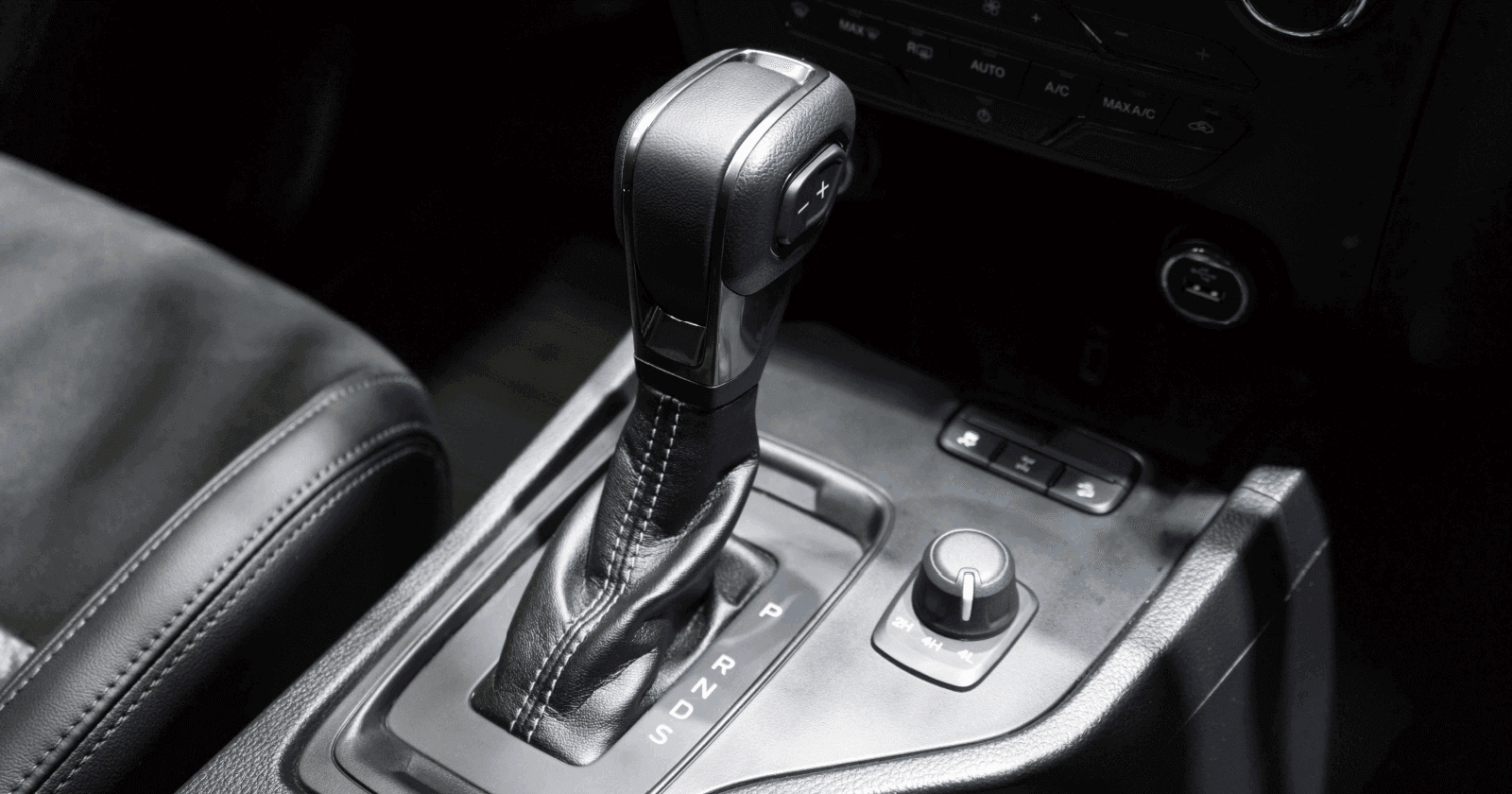
Types of Automatic Transmissions
- AMT (Automated Manual Transmission): Uses actuators to control clutch and gears, cheapest type of automatic.
- Torque Converter: Uses fluid coupling, very common and reliable.
- DCT (Dual Clutch Transmission): Has two clutches for faster shifts, often used in performance cars.
- CVT (Continuously Variable Transmission): Uses pulleys and a belt, allows smooth, infinite gear ratios.
Rise of Automatics in India
Automatics have existed in India for over 20 years, but they became popular only after 2017 due to better technology and improved fuel efficiency. Now, city drivers prefer automatics because they reduce fatigue in traffic.
Automatic vs Manual Cars: Key Factors
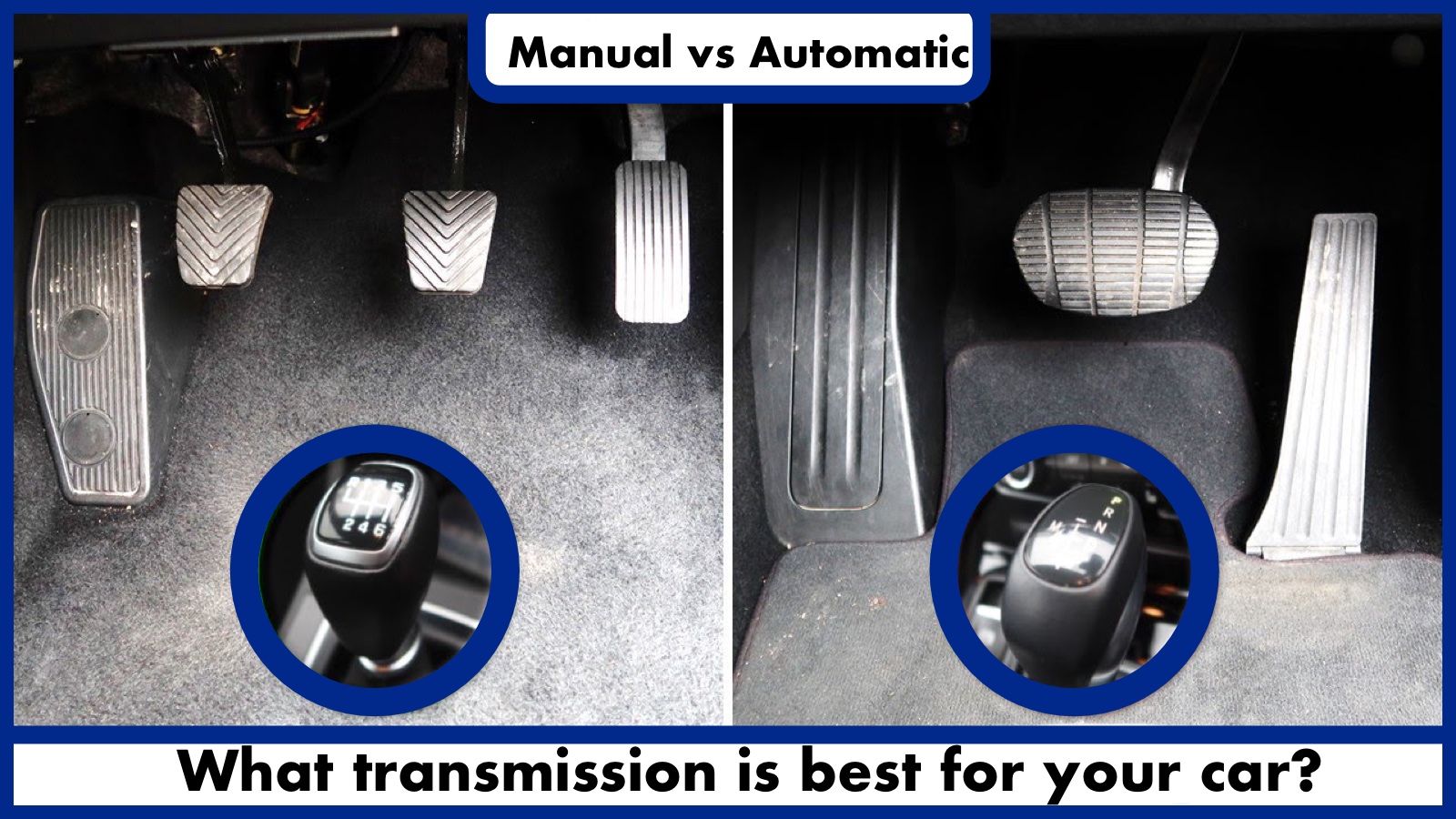
Ease of Driving
Automatics are easier to drive, especially in traffic. Manuals require more effort but give greater engagement.
Fuel Efficiency
Manuals are more fuel-efficient in the city. Automatics with more gears (up to 9) are efficient on highways.
Cost of Purchase & Maintenance
Automatics are more expensive. AMTs cost ₹50k–1 lakh more, while DCTs, CVTs, and Torque Converters cost up to ₹1.5 lakh more. Repairs and servicing are also costlier for automatics.
Performance & Control
Manuals give better control, especially off-road. Automatics shift faster and smoother, giving better performance for city and highway use.
Reliability & Lifespan
Manuals are simpler and more reliable in India’s hot and dusty conditions. Automatics (especially DCTs) can face issues, but Torque Converters and CVTs are more durable.
Resale Value
Automatics now have better resale value because demand has risen, unlike earlier times when they depreciated faster.
Who Should Buy an Automatic Car?
Automatics are perfect for city driving, traffic jams, and people who value comfort over control. They’re also better for beginners, elderly drivers, or those with physical limitations. Automatics work well with modern features like cruise control.
Who Should Buy a Manual Car?
Manuals are ideal for enthusiasts who enjoy driving, off-road adventurers, or budget-conscious buyers. They are cheaper to buy and easier to repair in the long run.
Automatic vs Manual Cars: Pros & Cons
| Feature | Automatic Transmission | Manual Transmission |
|---|---|---|
| Pros | Convenient, easier for beginners, better performance, smooth drive | Cheaper, more control, driving feel, reliable |
| Cons | More expensive, higher maintenance, less reliable in some cases | Physically tiring in traffic, harder to learn |
Conclusion
Choosing between automatic and manual depends on your needs. If you want comfort, convenience, and don’t mind the extra cost, go for automatic. If you love control, driving feel, or want a budget-friendly option, stick with manual. Both have their place on Indian roads.
FAQs on Automatic vs Manual Cars
Q1: Is an automatic car good for long drives?
Yes, automatics are great for long drives as they reduce fatigue.
Q2: Are manual cars more reliable?
Generally, yes. Manual cars are simpler and better suited for Indian conditions.
Q3: Do automatics use more fuel?
Not anymore. Modern automatics are as fuel-efficient as manuals, especially on highways.
Q4: Are manual cars faster than automatics?
Modern automatics can be faster, as they shift quicker and smoother.
Q5: Which is better for mountains?
Manual cars are better for mountain driving because they allow precise control.
Related posts



